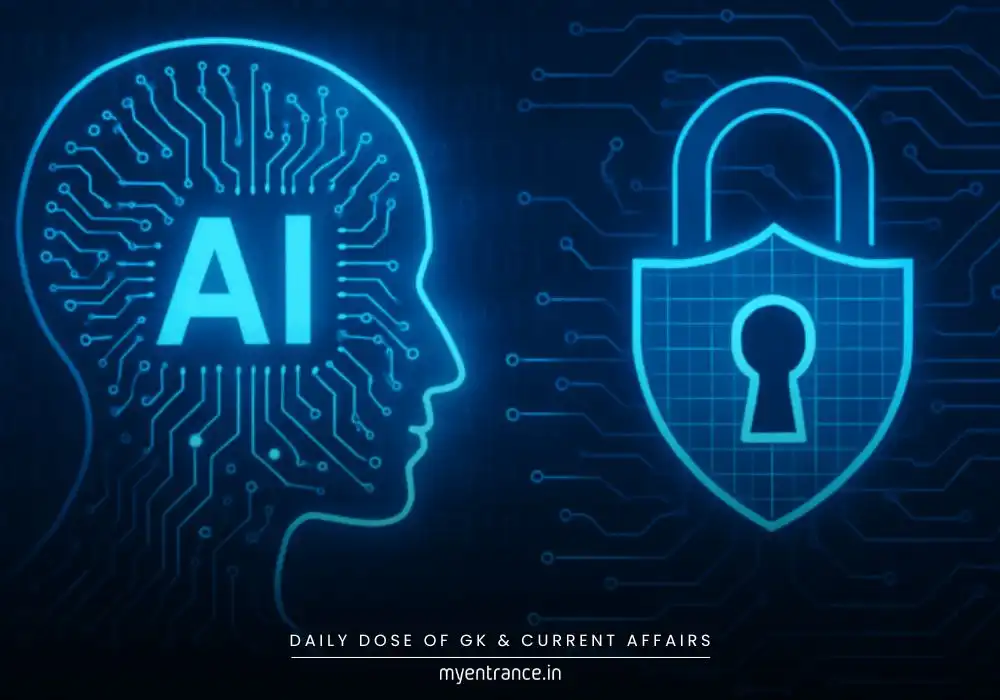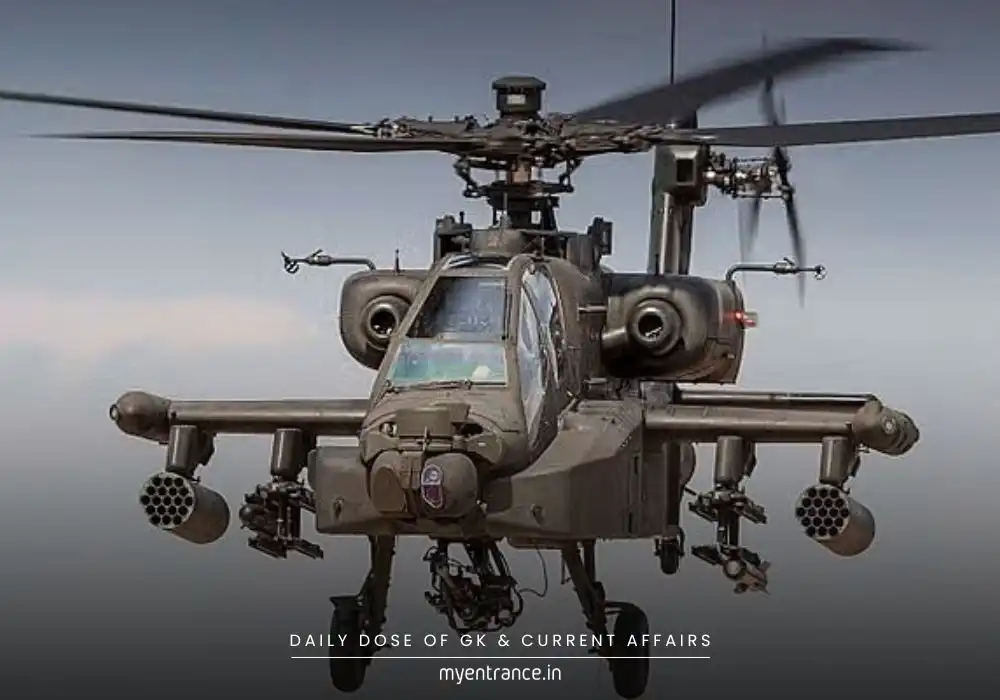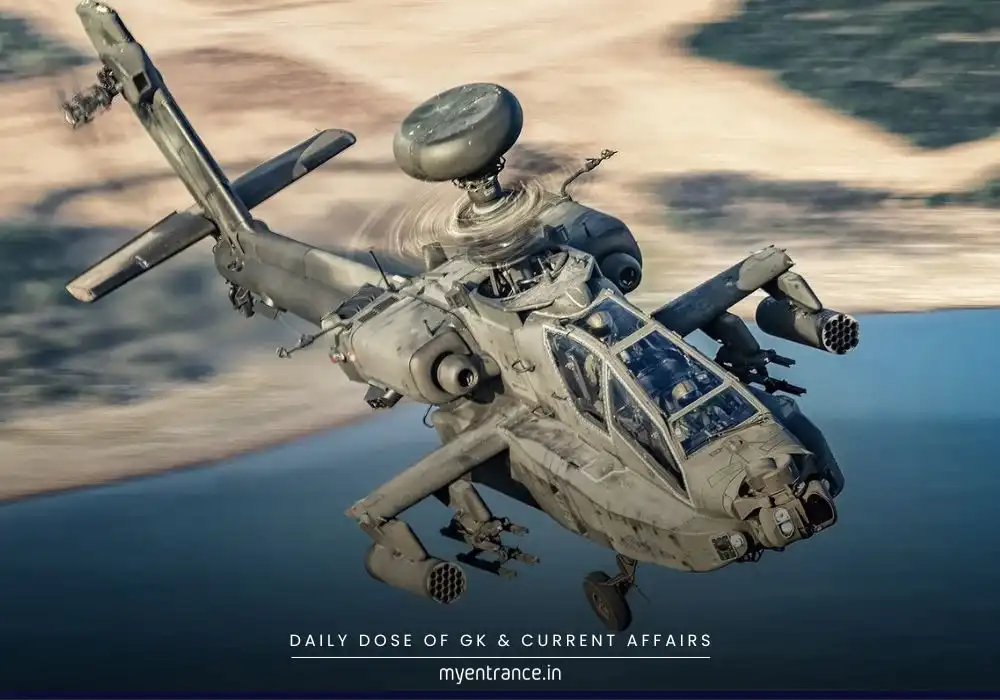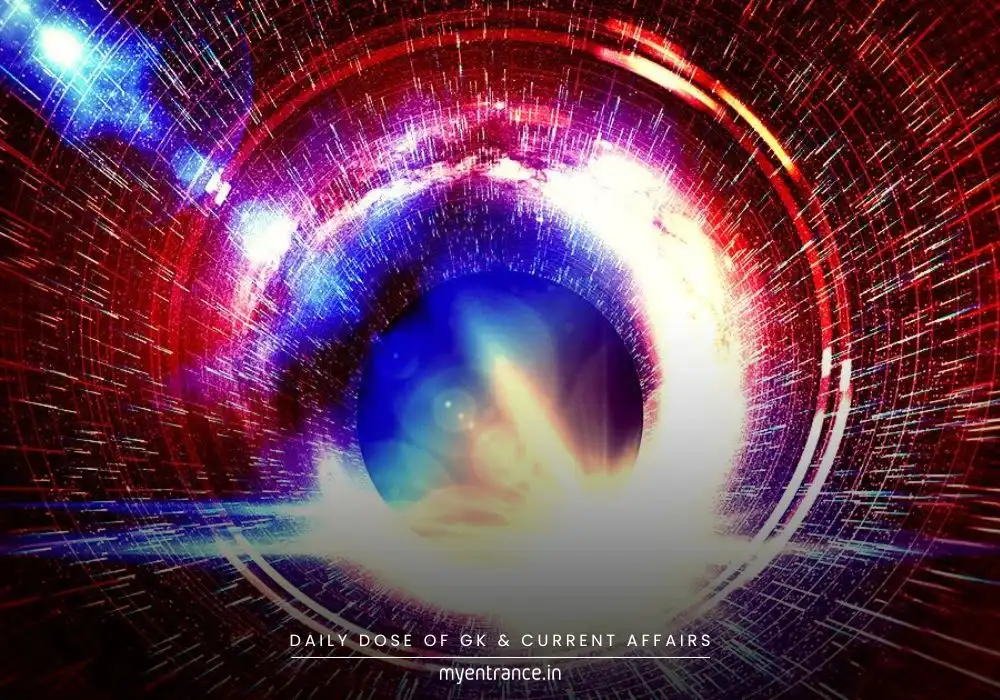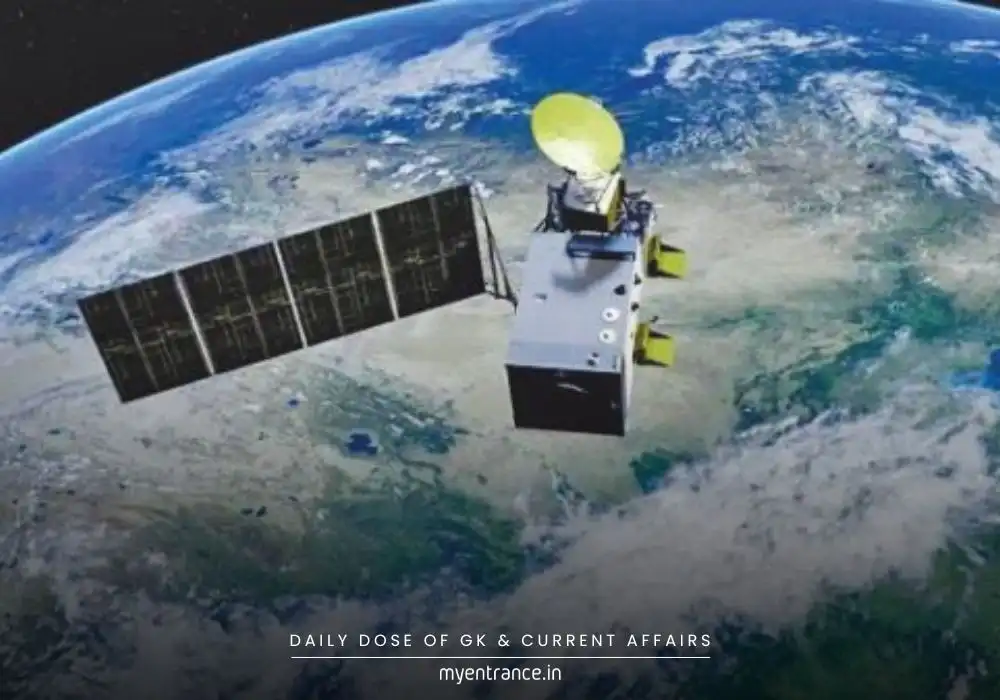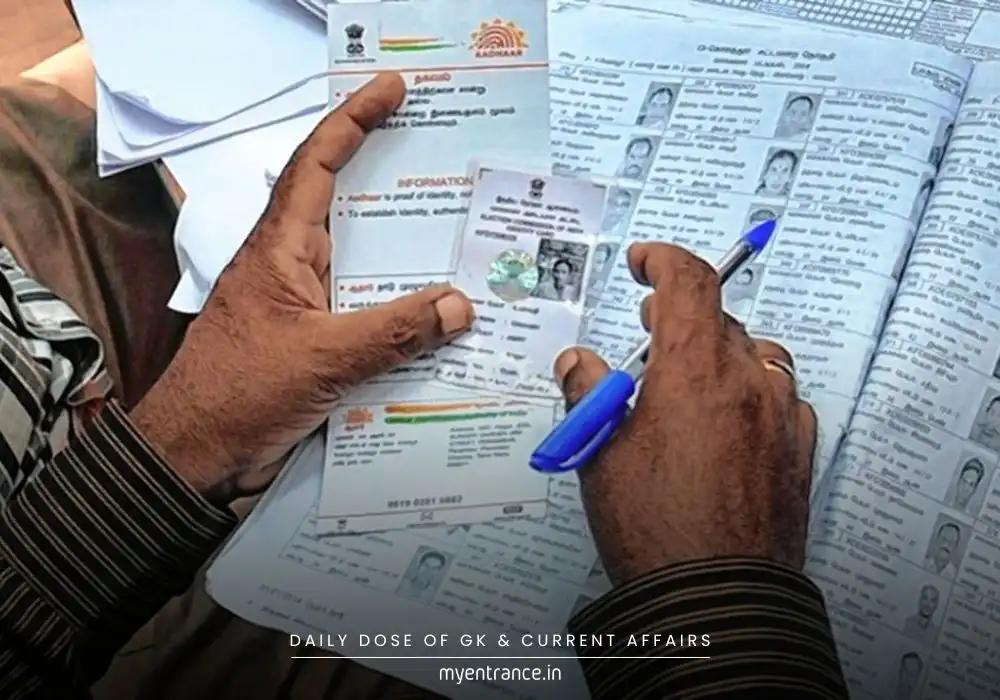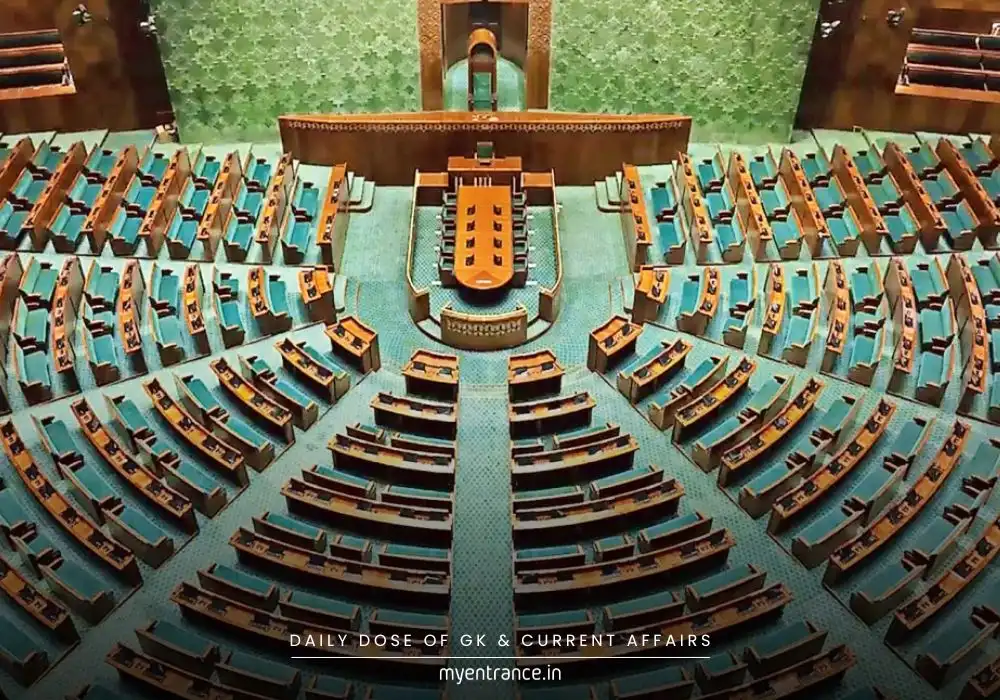Translate Language
National Flag Day Secrets: 10 Facts UPSC, SSC & PSC Aspirants Can’t Afford to Miss!
July 22nd marks National Flag Day, commemorating the historic adoption of the Indian Tricolour by the Constituent Assembly in 1947. Understanding the flag’s evolution, profound symbolism, and the rules governing its use is not just patriotic but essential knowledge for aspirants preparing for major competitive exams across India. Let’s dive into 10 key facts.
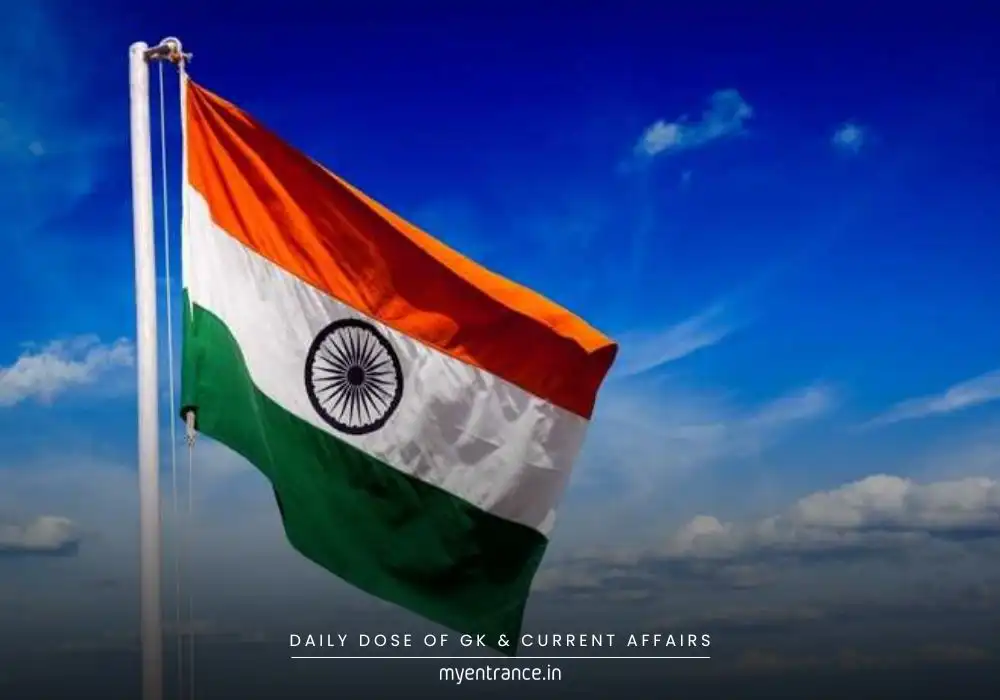
National Flag Day: Unfurling India’s Pride & Essential Facts for Aspirants
Every year, July 22nd holds special significance in India’s journey. It was on this day in 1947 that the Constituent Assembly formally adopted the design of our beloved Tiranga, the National Flag, just weeks before Independence. This act wasn’t merely symbolic; it was a powerful declaration of India’s imminent sovereignty and unity.
For students aiming for UPSC, SSC, PSC, KAS, and other state and national level exams, the story and rules of the National Flag are recurring themes in History, Polity, and General Knowledge sections. Here are 10 must-know facts:
A Journey of Evolution: Our flag didn’t appear overnight. It evolved through the freedom struggle. Early designs included Sister Nivedita’s flag (1904), the 1906 Calcutta flag, Madam Bhikaji Cama’s flag hoisted in Germany (1907), and the Home Rule flag (1917). The need for a unifying symbol was paramount.
The Historic Adoption – July 22, 1947: This is the core of National Flag Day. The Constituent Assembly, chaired by Dr. Rajendra Prasad, officially adopted the Tiranga in its present form (saffron, white, green, with the Ashoka Chakra) on this date, marking a definitive step towards independence.
Profound Symbolism in Every Hue:
Saffron (Top): Represents courage, sacrifice, and the spirit of renunciation – embodying the valor of our freedom fighters.
White (Middle): Stands for purity, truth, and peace, reflecting the nation’s ideals.
Green (Bottom): Symbolizes fertility, growth, and the auspiciousness of our land, highlighting agricultural roots and environmental harmony.
Ashoka Chakra (Centre): The 24-spoked navy blue wheel, inspired by Emperor Ashoka’s Lion Capital at Sarnath, represents the eternal “Wheel of Law” (Dharma Chakra). It signifies constant progress, righteousness, and the truth that stagnation leads to decline.
Precise Dimensions Matter: While the flag’s size can vary, its shape is strictly defined. The ratio of the flag’s length to its height (width) must always be 3:2, ensuring it’s always a rectangle.
First on Foreign Soil: The courageous Madam Bhikaji Cama holds the distinction of being the first Indian to hoist an early version of the Indian flag on foreign soil in Stuttgart, Germany, on August 22, 1907.
Governed by the Flag Code of India (2002): How we treat our flag is governed by law. The Flag Code of India 2002 (effective Jan 26, 2002) consolidates all rules for its display and handling:
Who Can Fly It & When? Since 2002, any Indian citizen or organization can fly the flag respectfully on any day, not just national holidays.
Dignity is Paramount: A damaged or dirty flag must never be displayed. It must always occupy the position of honour – no other flag or object should be placed above it. It should never be used as decoration, drapery, or bunting.
Respectful Disposal: A damaged flag should be destroyed privately and respectfully, preferably by burning, ensuring it doesn’t touch the ground or water.
Legal Consequences: Disrespecting the flag (burning, mutilating, trampling) is a punishable offence under the Prevention of Insults to National Honour Act, 1971, attracting up to 3 years imprisonment, a fine, or both.
Material Matters: The flag can be made from hand-spun and hand-woven or machine-made cotton, polyester, wool, silk, or khadi bunting (as amended Dec 30, 2021).
Flying on Vehicles – Restricted: Only specified dignitaries (like the President, Vice-President, Prime Minister, Governors) are permitted to fly the National Flag on their official vehicles. It cannot be used to cover any part of a vehicle.
A Fundamental Right: In a landmark 2002 judgment, the Supreme Court declared that the right to hoist the National Flag respectfully is a Fundamental Right under Article 19(1)(a) of the Constitution (Freedom of Speech and Expression).
The Designer of National Flag: Pingali Venkayya: The credit for the core design of the Tiranga goes to freedom fighter Pingali Venkayya (born Aug 2, 1876). A Gandhian disciple, he passionately advocated for a national flag and presented designs at Congress meetings. His initial 1921 design (two bands and a charkha) evolved into the tricolour with the Ashoka Chakra we know today. He passed away on July 4, 1963, and was honoured with a postage stamp in 2009.
Questions & Answers on National Flag Day (Exam Focused):
Q: On which date did the Constituent Assembly adopt the Indian National Flag in its present form?
A: July 22, 1947. This day is commemorated as National Flag Day.
Q: What does the Ashoka Chakra in the centre of the white band of the Indian National Flag represent?
A: The Ashoka Chakra, with its 24 spokes, represents the eternal “Wheel of Law” (Dharma Chakra), signifying constant progress, righteousness, and the principle that life is movement and stagnation is death. It is inspired by the Lion Capital of Ashoka at Sarnath.
Q: Who is credited with designing the basic form of the Indian National Flag (Tiranga)?
A: Pingali Venkayya is largely credited with designing the basic form of the Indian National Flag.
Q: According to the Flag Code of India 2002, what is the prescribed ratio for the National Flag?
A: The ratio of the length to the height (width) of the National Flag must be 3:2.
Q: Which act prescribes punishment for insults to the Indian National Honour, including disrespect to the National Flag?
A: The Prevention of Insults to National Honour Act, 1971.
Get 3 Months Free Access for SSC, PSC, NIFT & NID
Boost your exam prep!
Use offer code WELCOME28 to get 3 months free subscription. Start preparing today!
